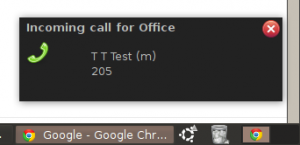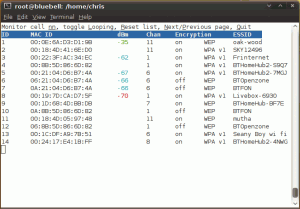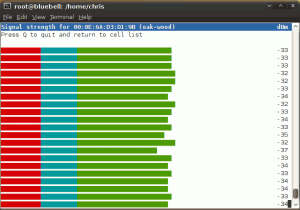Google Drive is a handy way to share files across multiple computers, or back up files into the cloud. Naturally it integrates seamlessly with Android, and Google provide a client for use on Windows and the Mac, so you can keep you tablet, phone and PC all synced up. Unless you use Linux that is. Because unlike Dropbox, there is no official Linux client for Google Drive. Fortunately, help is at hand in the form of Insync.
Insync is a full featured proprietary Google Drive client. I’m focusing on Linux because it was trying to find a Google Drive client for Linux that led me to Insync, but it is also available for Windows and Mac. Unlike the official client, it supports multiple Google accounts, if you have a need for that sort of thing.
I have it installed on a laptop running Ubuntu 12.04 and it seems to do what it says on the tin. It constantly monitors a configured directory and keeps it in sync with my Google Drive account. It can handle having symlinks in the directory, so for example I’ve symlinked my Shotwell data directory to make sure that is backed up. And it can automatically convert Google format documents to LibreOffice format on the fly. It also supports selective syncing, allowing you to exclude certain folders from syncing. I’ve only had it installed for ten days or so, so it’s a bit early to tell if it functions reliably, but I’ve had few problems so far. The one niggling issue is that sometimes it fails to start at system startup, but support from Insync staff has been responsive so I suspect this will get sorted out soon.
Much Linux software is open source and distributed free of charge, so using proprietary, paid for software may come as a bit of a shock to some Linux users. If you have some deeply held philosophical objection to closed source this is not going to be for you, but otherwise it is definitely worth a look. The cost is far from prohibitive—the consumer version is $10 per Google account. When you consider that beyond the basic free allowance Google Drive is significantly cheaper than Dropbox you could quickly save this if you need more than a few gig of space. Cost over a year with 100GB of storage, including software purchase, would be $69.88 with Google + Insync consumer1, or $99 with Dropbox2.
If you want to try it out Insync is available on a 15 day free trial. To be honest, unless you make a lot of use of Google Drive this is not really long enough to evaluate something that just works away in the background. It’s also perhaps one place where the Insync team are missing a trick—it’s certainly not long enough to get you hooked. I suspect if they bumped this to six months they’d find a lot of people install it, forget about it, learn to take it for granted, and then pay for it a soon as they realise they’re about to be without it.
- Based on $4.99 per month + $10 for Insync. Google Drive price from https://www.google.com/settings/storage, retrieved 24 Oct 2013 [↩]
- based on $99 per year. Price from https://www.dropbox.com/upgrade, retrieved 24 Oct 2013 [↩]



